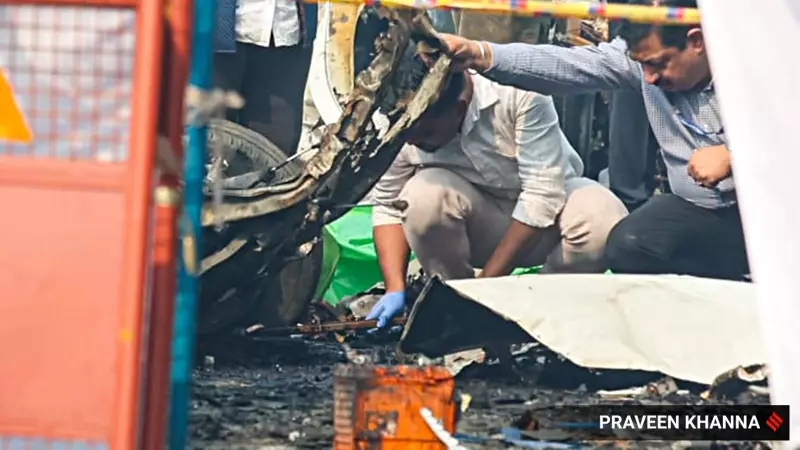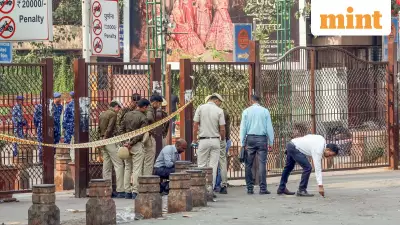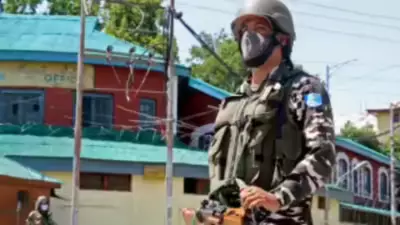
Red Fort Blast: A Prevented Catastrophe
An explosion ripped through Delhi on November 10, 2025, killing at least 13 people and injuring over 20 others. The incident occurred at 6:52 PM when a Hyundai i20 car exploded near the Red Fort Metro Station. This tragic event came hours after Jammu & Kashmir Police announced a significant breakthrough - the busting of an inter-state and transnational terror module.
The Larger Plot Uncovered
Security agencies had arrested seven individuals linked to terror groups Jaish-e-Mohammad and Ansar Ghazwat-ul-Hind. During subsequent raids, police made a staggering recovery of nearly 2,900 kg of bomb-making materials, including 350 kg of ammonium nitrate, 20 timers, two dozen remote controls, and a rifle with ammunition. The scale of recovered explosives indicates the perpetrators were planning a much larger terrorist operation than what ultimately transpired at Red Fort.
Intelligence Success Amidst Tragedy
While some have cried 'intelligence failure' following the blast, evidence suggests otherwise. India's intelligence and security agencies, who often work without public recognition, have maintained a commendable record in preventing hundreds of such plots. The arrests likely panicked the remaining culprits, forcing them to either advance their timeline or accidentally detonate explosives during transportation. This explains why the explosion lacked typical characteristics of a well-planned IED - no crater was formed and shrapnel was notably absent, suggesting the explosives weren't properly tamped with metal scrap or ball bearings for maximum effect.
Evolution of Modern Terror Tactics
The nature of terrorism has undergone fundamental changes since the 9/11 era. Traditional hierarchical organizations have given way to lone wolf operators and small autonomous cells. Terrorist entities now recruit 'clean skin' operatives - individuals not on law enforcement radar, often including educated recruits from similar societal segments as military personnel. As documented in Christine Fair's study 'The Fighters of Lashkar-e-Taiba,' terrorist groups are increasingly recruiting well-educated, highly-skilled young men.
Modern terrorists have also adapted their methods regarding explosives. Common items like ammonium nitrate fertilizer can be transformed into powerful explosives when mixed with fuel oil, creating ANFO - the same substance Timothy McVeigh used in the 1995 Oklahoma City bombing. Similarly, unstable but deadly TATP has been used in multiple international attacks, including the November 2015 Paris attacks.
Despite these evolving challenges, India's security apparatus has implemented sophisticated countermeasures including complex databases, communication monitoring, and controls on military-grade explosives. While terrorists need to succeed only once to cause devastation, our agencies must maintain perfect records to prevent it - a challenge they've largely met with remarkable success.





